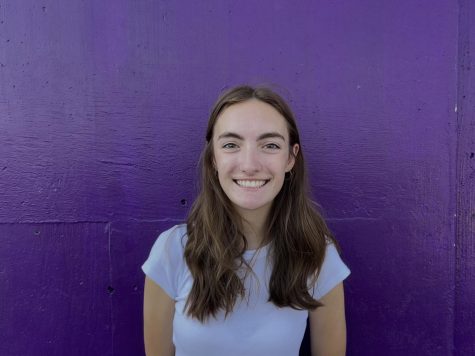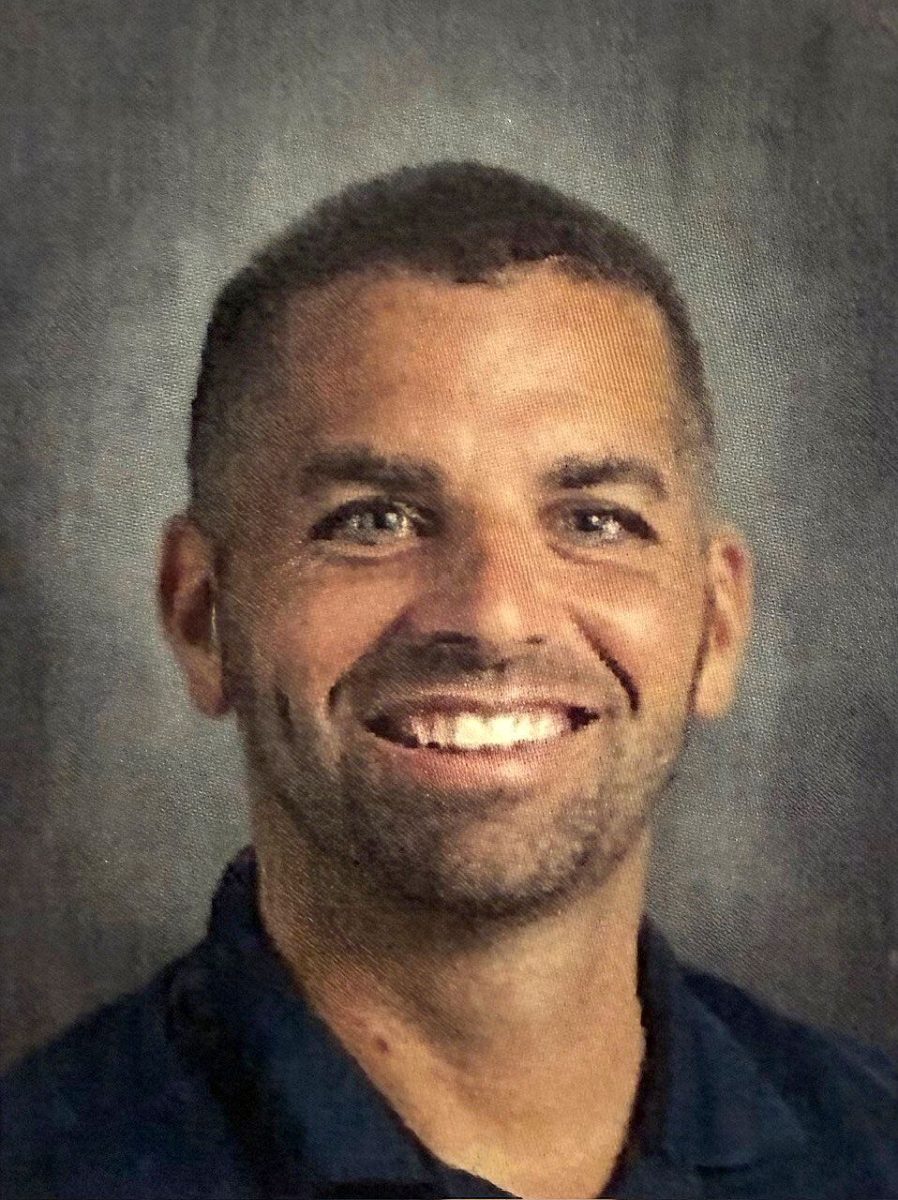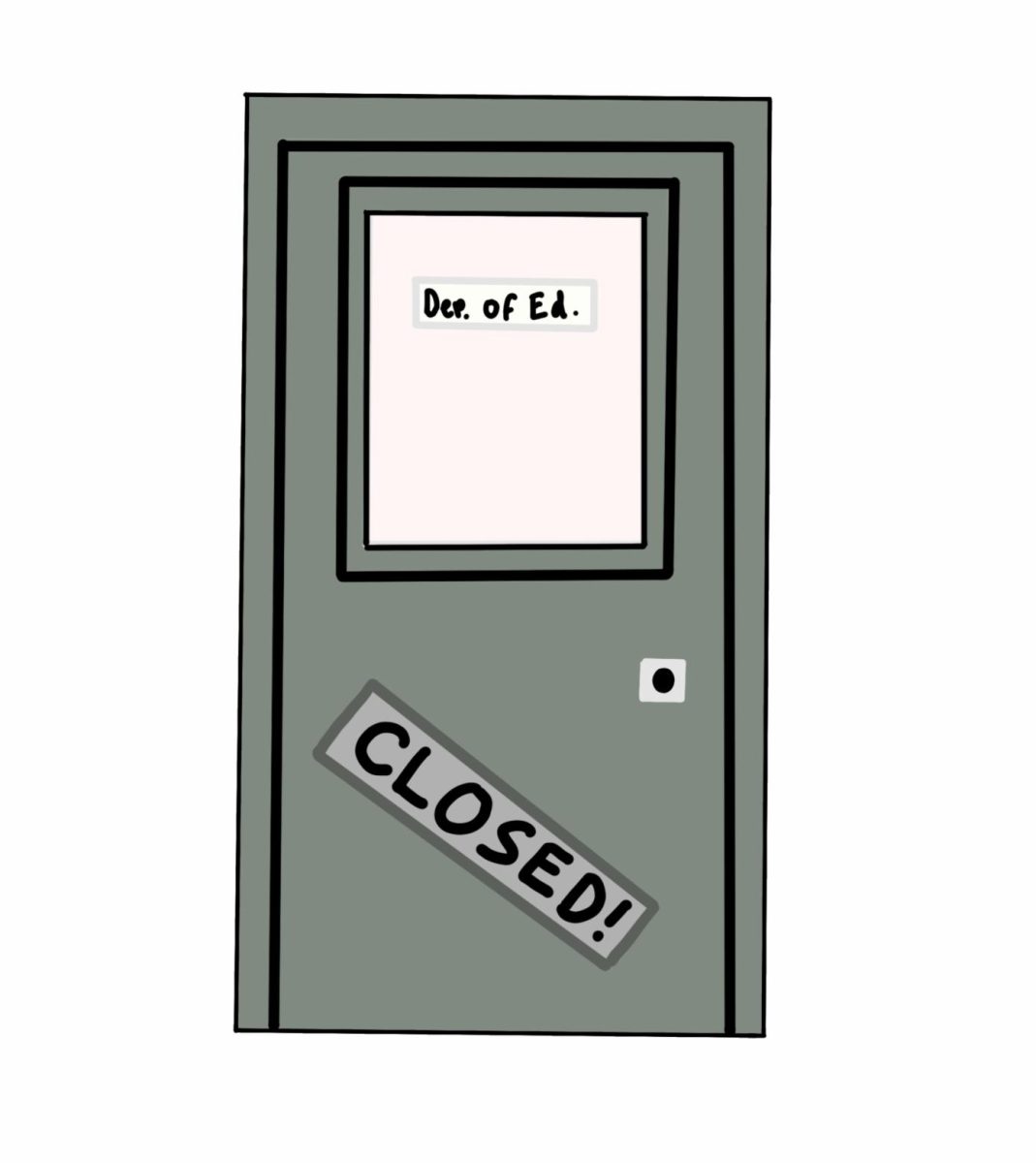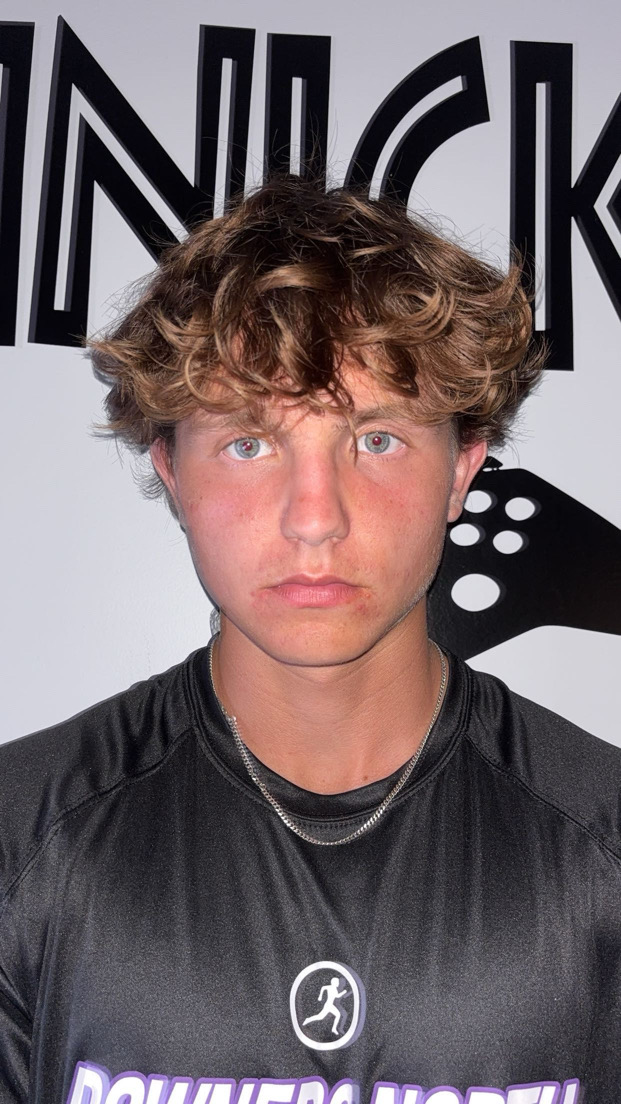The return of Fine Arts
October 11, 2021
After a year of silence in the Fine Arts hallway, one can finally take a walk down the hall to hear voices and instruments alike as they play and sing together once again. Although some restrictions remain in place during Fine Arts classes, the return to normalcy is now approaching.
Last year, in person classes were conducted with many changes from previous years. Students were 6 feet apart at all times, making it difficult to hear others while playing an instrument or singing. Students were also only allowed to engage in making music for 30 minutes per class period to allow air circulation throughout the classrooms.
This year, classes are much more conventional than last year regarding COVID restrictions and regulations. Band Director, Jessen Smith, is excited to return to the usual band routine for his classes.
“We can actually sit in arcs, as a concert band is supposed to do, we don’t need to be 6 feet apart, and we can play for the full class period instead of 30 minutes. We still use bell covers but students can use slitted masks or simply pull their masks down when they are going to play and replace them afterward,” Smith said.
Slitted masks refer to the types of masks band students were required to wear last year. It was simply a surgical mask with a hole cut down the middle to place the instrument’s mouthpiece into so musicians could play their instrument and wear a mask at the same time.
Senior trumpet player, Gwen Casten is glad to be rid of these masks and many of the regulations from last year.
“Slitted masks were obviously very difficult to play in, as it took extra time to configure the mouthpiece into the mask. It was also tough to not be in the regular seating for band. Being able to sit next to your section meant much more to me than I realized,” Casten said.
The idea of unity in Fine Arts classes is important to both teachers and students. Not only is being able to hear others playing their instruments and singing next to you much easier, but it provides a sense of community. This community aspect is something that all Fine Arts members like music teacher, Beth O’Riordan, have deeply missed.
“I’m looking forward to having the students singing all together in a way where they can all hear each other. And just being able to do the art we love, which we really lost the ability to do last year, will be really special,” O’Riordan said.
Choir classes last year were conducted in the auditorium with students sitting in seats six feet apart from each other. Now, students are back in the choir room, sitting with about three feet of distance between each seat.
Choir classes have been using singer’s masks during classes to help with projection and annunciation while singing. Unlike a typical mask, these masks protrude about an inch off of the face and hold their shape better than an average surgical mask. They ensure that students are able to sing without the mask moving around or the face covering falling below the nose frequently. Although they are not required for class time and most students opt for a standard mask, they are encouraged and are worn for all concert performances.
Concert plans have finally become a reality after a successful fall choir show Oct. 6 with performances from all levels including All Access choir.
The DGN Fine Arts program is excited for this return to semi-normal practices this school year and is looking forward to future performances to finally share music with the community.
“I really hope the work we do this year with the band will help our community heal,” Smith said, “a school’s music program does a lot to influence the culture of a school community and I think now more than ever, music and the arts are a vital part in bringing us back together.”

























